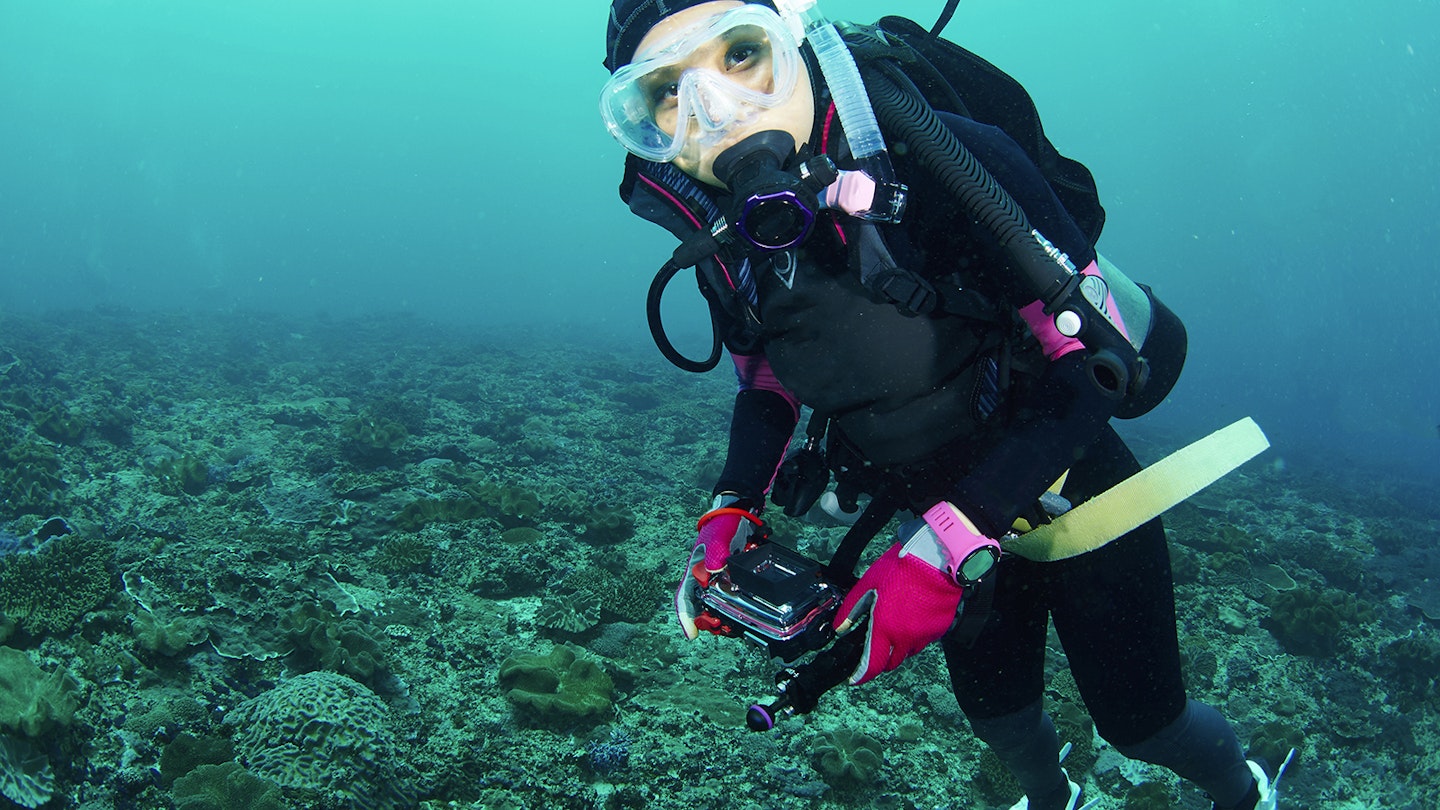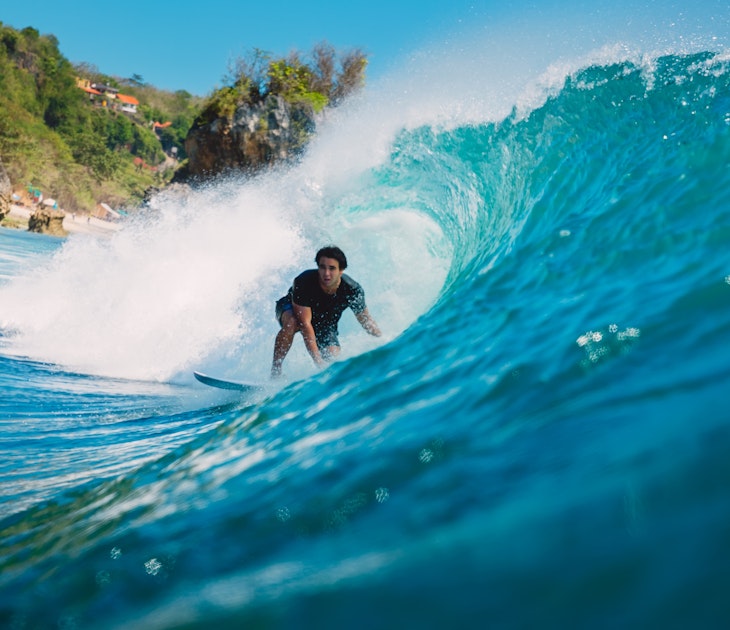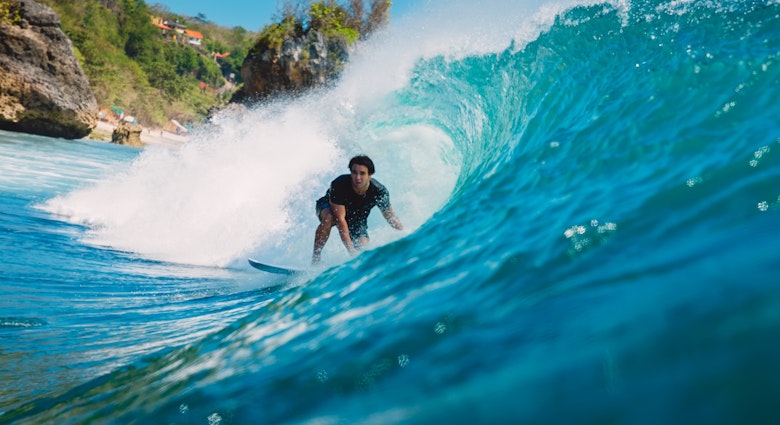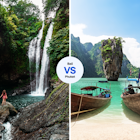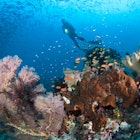Underwater wreckage that tells the story of WWII battles in the Pacific, manta rays the size of sedans and tiny critters darting in and out of coral gardens – Bali ranks high as a dream destination for most scuba divers. Thanks to its warm, calm waters and dive sites that range from beginner to advanced, Bali has an array of experiences for every diver.
But packing for an underwater adventure isn’t the same as packing for a regular trip. Airline weight restrictions coupled with the specific equipment required for diving means packing only the necessities. Here’s what to pack for a Bali dive trip.
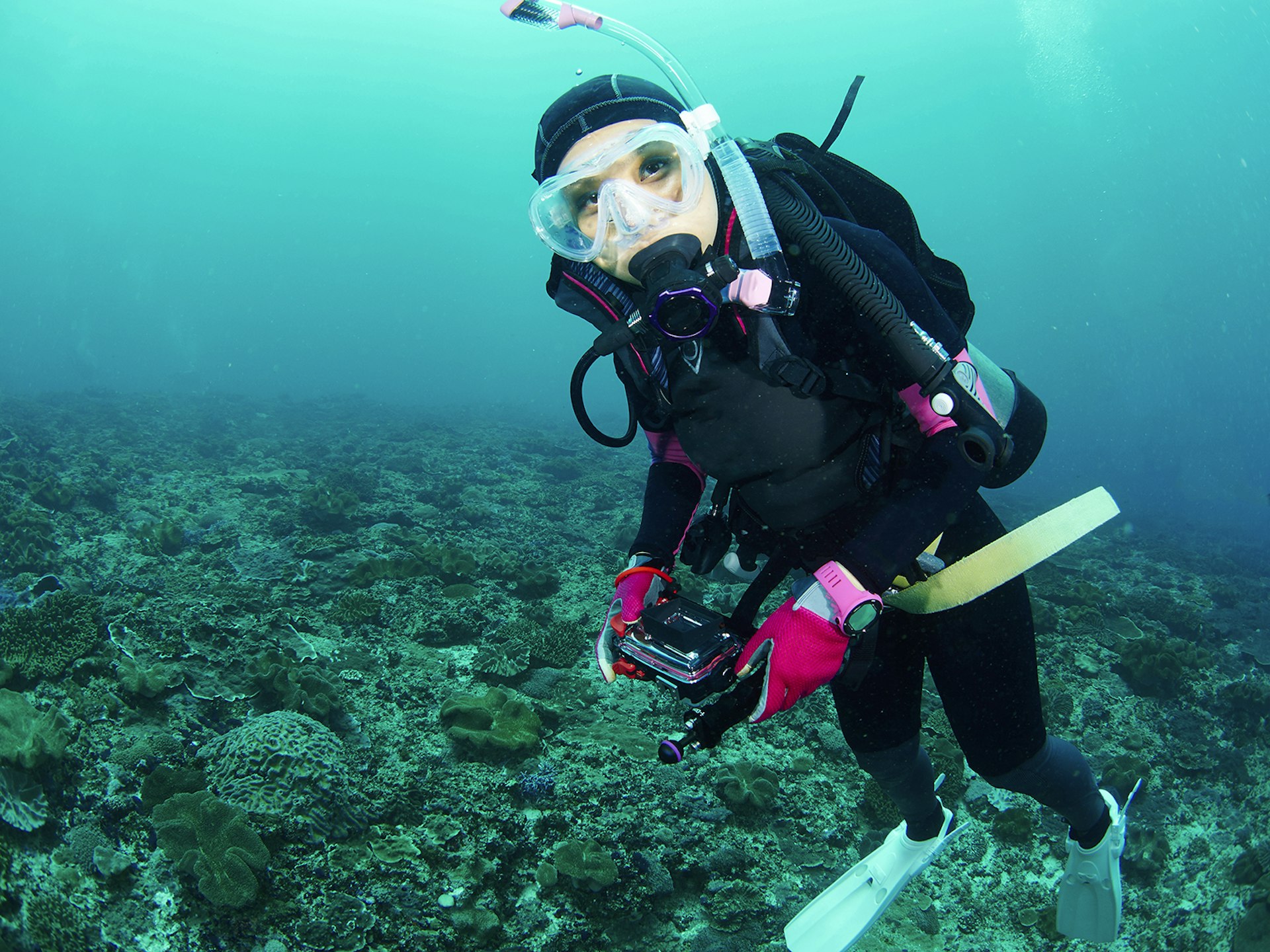
For the first-time diver
With a variety of top-notch dive shops, professionally certified instructors and beginner-friendly conditions, Bali is a great place to learn how to dive. Remember to pack a few extra items to ensure your experience goes smoothly. Make sure you’ve signed up for a course from a reputable PADI, NAUI, SSI operator (ask to see certification if unsure). Bring your textbook, a pencil and a notebook.
For the marine biologist
Bali is home to 952 species of reef fish, such as eels, triggerfish and neon-bright damselfish. Elsewhere, divers can swim with eye-popping pelagics like the 1000kg sunfish or the graceful manta ray. Most dive shops sell waterproof fish identification charts that you can attach to your buoyancy control device (BCD) for underwater spotting. A writing slate is useful for recording the animals you see. An extra logbook at the surface can also help keep a long-term record of the animals spotted.

For the archaeologist
Home to the popular USAT Liberty wreck dive, Bali is great for underwater archaeologists. Bring along a compass, underwater map and dive light to aid in navigation. A marker buoy can be used to flag the start of a wreck dive, and an extra dive knife or scissors can help in emergencies. Remember, though, you’re not an underwater Indiana Jones: don’t take anything from these sites.
For the photographer
With visibility ranging from 10 to 50 meters, Bali is a great place to record your underwater experiences. Dive camera equipment can exceed thous ands of dollars with lights, underwater housings and lenses, or they can be as cheap as a few hundred bucks.
Dive sites near Tulamben, Amed and Pemuteran are also well-known for muck diving. A muck site accumulates sediment rich in nutrients, making a perfect habitat for a variety of photographic stars like nudibranchs, seahorses and mantis shrimps. A macro lens is essential for getting a shot of these tiny creatures. Be sure to pack extra batteries, a lens cleaning kit and extra memory cards.

How to pack dive gear
Dive gear bags come in all variety of sizes and colors, but at minimum you’ll need it to fit the length of your fins, plus the width of your other gear. Delicate equipment like a dive computer, regulator, and camera equipment should go in your carry-on. A soft-sided duffel bag is common as carry-on because it can fit well underneath seats or in the overhead compartment.
When packing your checked bag, start with your BCD because it usually takes up the most space. Make sure all the air is let out, fold the sides together and place it on the bottom of the bag so it provides cushioning. Slide your fins into the side of the bag. Keep your mask in its protective case while travelling. Don’t fold your wetsuit too many times or it’ll just become bulkier – one or two folds should be enough.
Leave tanks and weights at home. Operators include them in the price of a dive trip, and you’ll need those precious luggage kilos for other essential items.
What to bring on the boat
Any seasoned diver will tell you: the slightest equipment malfunction can ruin a trip. For that reason, all divers should have a ‘save a dive kit’, which contains an assortment of necessary replacements items such as o-rings (for ensuring an airtight seal), mask straps, mouthpieces, a multitool, mask defog liquid and extra batteries.
Protection from that strong, equatorial Bali sun can also mean the difference between a successful trip and joining the ranks of those pink tourists waddling between bars in Kuta. High-SPF sunscreen is essential, but make sure it’s coral safe – chemicals contained in most sunscreens are harmful to delicate coral reef systems. Sunglasses are always the first thing to get lost or squashed under a rolling air tank, so make sure it’s a pair you don’t mind parting with.
If you’re heading out to Nusa Penida or even further afield to the Gili Isl ands, the boat ride can be long. Bring an extra change of clothes for the ride back, and keep some motion-sickness medication h andy in case you start to feel queasy.
List of essentials
Although most dive shops offer complete rental equipment, experienced divers know the value of diving with your own gear for reasons like familiarity, safety and comfort. Here’s a checklist of dive essentials you’ll need for a Bali dive trip:
Mask – an adequate fit is key; the mask should comfortably stay on your face while inhaling through your nose.
Fins – from split fin to blade fin, or open heel to full foot, your choices here depend on personal preference.
Snorkel – necessary to conserve precious air while at the surface.
Regulator – attaches to the tank and reduces the air pressure to a breathable rate.
Buoyancy control device (BCD) – an inflatable vest that aids in buoyancy.
Dive computer – essential for monitoring things like depth and maximum dive time.
Wetsuit – water temperatures in Bali average around 25°C, so you’ll probably want a 3mm 'shorty' wetsuit.
Dive insurance – covers the cost of emergency evacuation or hyperbaric chamber treatments; some policies offer additional benefits like gear protection and travel insurance.
Logbook – for planning and recording your dives.
Certification card – a reputable dive shop won’t let you dive without it.
Finally, bring a sense of adventure and curiosity for the underwater world. The waters that surround Bali have some of the best diving in the world, so pack right and jump in.

